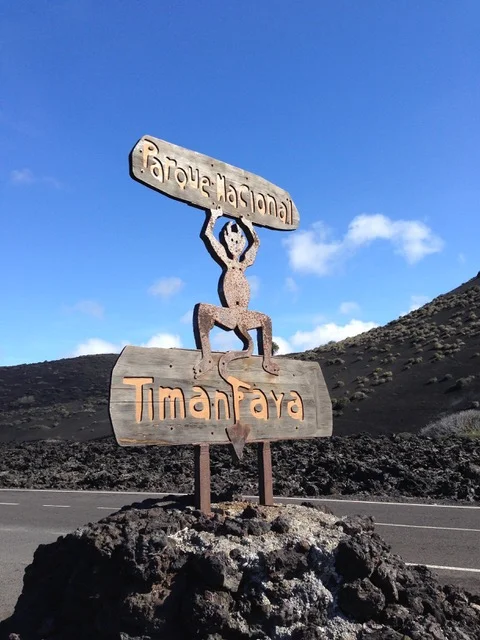Canary Islands, 2013, 2018
Misti and I had several times discussed going to the Canary Islands but always felt they were too far away and isolated to warrant a separate trip. We thought we’d see them someday as part of a trip to Spain or Portugal or as part of a cruise.
In 2013 we booked a transatlantic cruise on Oceania’s Marina, sailing from Barcelona to Rio de Janeiro, and the Canary Islands were part of the itinerary. Five years later, in 2018, we booked a second transatlantic cruise on the same ship, this one sailing from Lisbon to Rio, also with a two day stop in the Canaries.
The Canary Islands (Islas Canarias in Spanish), are an archipelago consisting of a group of eight islands in the Atlantic Ocean, about seventy miles off the coast of Africa. They’re a part of Spain, which also makes them a part of the European Union. Because of their location, they’re considered a bridge between the four continents of Africa, North America, South America and Europe.
The Canaries are in a region called Macronesia and have a population of about two million inhabitants. The population is mostly concentrated in the two capitals: Santa Cruz on Tenerife Island and Las Palmas on Gran Canaria Island.
Because of their proximity to Europe, the islands receive more than twelve million tourists a year, mostly Europeans, with the main attraction being the temperate winter climate, beautiful beaches and mountainous terrain.
On both the 2013 and 2018 visits, the ship docked on the island of Lanzarote, the fourth largest and northernmost island, famous for its volcano-clad landscapes and beautiful beaches. The island was covered in molten lava from eruptions that took place between 1730 and 1736, leaving an amazing terrain with swirls of solidified lava and crevices that have molten lava beneath them. The landscape is so unique that in 1963 UNESCO declared the island a Biosphere Reserve.
On our first visit the ship docked on the southwestern part of Lanzarote Island. Since we rarely take cruise ship tours, we rented a small car and spent the day touring the area, seeing the volcanic formations that protect the vineyards, tasting wine at a small Canarian winery, and visiting Timanfaya National Park. At the park rangers demonstrated the molten lava beneath our feet by pouring water down a pipe and watching it come up as a geyser. We also had a seafood lunch cooked on a grill heated by the lava below.
Driving through the national park we were surprised when we came across a herd of camels, and learned they were brought to the Canaries in the 16th century. These are dromedary or Arabian camels, with one hump as opposed to Bactrian camels that have two humps. The camels were originally used for agriculture and transportation but now are just used for tourism.
On our second visit, in 2018, our ship docked at Arrecife, the capital of Lanzarote Island. Arrecife is a world-class resort area with excellent beaches, warm year-round weather, many good and inexpensive restaurants and bars, and a laid-back atmosphere. We spent a relaxed day exploring the old quarter and Charco de San Gines, the island’s first fishing settlement built around the seawater lagoon, causing Arrecife to be regarded as the Venice of the Atlantic.
For travelers on trips to Spain or Portugal, I would recommend the Canaries as a great getaway from the often-hectic pace of European cities.





